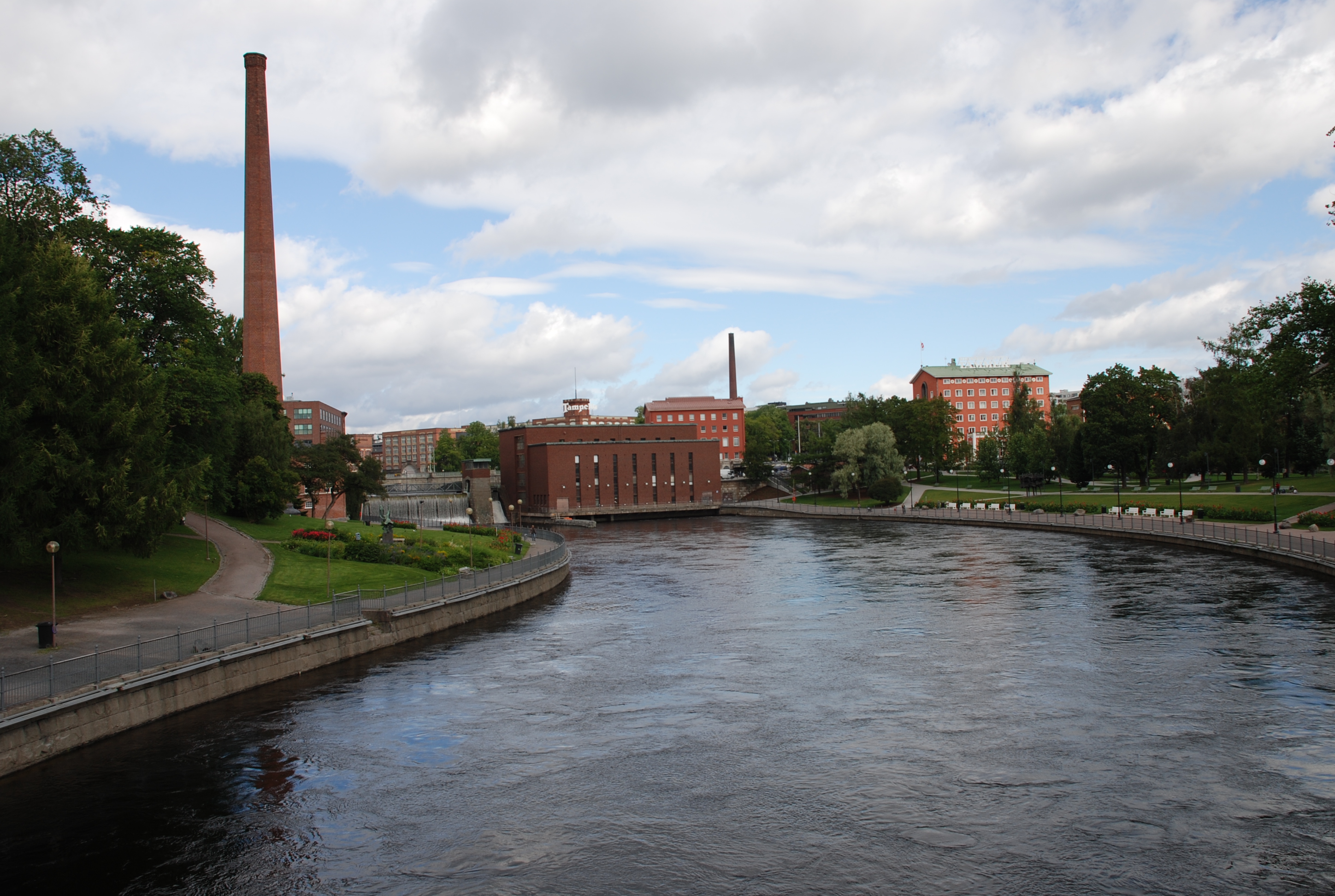A few years ago, I had two ongoing research projects, one related to using wood as a building material, and the other regarding the purchase of photovoltaic systems. When I started studying these innovations I thought –these are environmental innovations– but when looking more in detail at what these innovations seek to achieve, I identified a key similarity between them, and that is they are both preventive in nature. Both the use of wood as a building material and the adoption of photovoltaic systems have underlying qualities of climate change prevention, yet when we think about clean tech, we rarely describe it as preventive. This opened my perspective into what we know and understand about prevention, how it is present in many different aspects of our lives, and how we can use this concept to better understand and promote the adoption of preventive technologies, which I will briefly write about in this post.
The topic of prevention is usually discussed in the context of personal and public health. We have all been exposed to some form of preventive health campaign, and at some point in our lives, we have all had to make preventive decisions of our own. And while many decisions on prevention are made on an individual level, they can sometimes have a major impact on society and contribute to the greater good. However, when we think about prevention and preventive decisions, we overlook other applications, such as green innovations that help prevent or deter climate change.
Why is it relevant to understand that certain innovations are preventive?
As we all know when making preventive decisions of our own, preventive behavior is not easy to foster. Prevention leads to a non-event, it is about stopping something from happening, so how can we see the benefits of stopping something that has not happened or might not happen at all? This complex relationship between prevention and delayed or unobservable benefits afflicts preventive innovations. So, identifying innovations as preventive can lead to strategies to better promote their adoption, which could contribute towards achieving contemporary sustainability goals.
So, what are preventive innovations?
Preventive innovations are those that individuals adopt to reduce the probability of an unwanted future event or to mitigate the severity of the consequences of the unwanted event as some events cannot be avoided, for example, natural disasters.
Preventive innovations have a particularly slow rate of adoption as their benefits are delayed in time and difficult to observe. When compared to other innovations, the benefits of preventive innovations are distant in time. For example, the adoption of an industrial machine to obtain a certain percent increase in productivity provides benefits in the near future. Now compare this with a preventive innovation, such as cyber security products. Adopting a cyber security product at present might prevent a cyber-attack in some future time. But the individual might have not been the victim of a cyber attack without the adoption of a cyber security product. So not only are the rewards of adoption delayed, but it is uncertain as to whether they are actually necessary.
And why is it relevant to recognize certain innovations as preventive and how can we promote their adoption?
Well, recognizing that certain innovations are preventive can lead to strategies to better promote their adoption. This can also help explain why certain innovations take longer to adopt and diffuse. Recognition is the first step to promoting the adoption of preventive innovations.
Existing literature suggests some strategies to promote the adoption of preventive innovations, for example, changing the perceived characteristics of the innovation, meaning, stressing out the benefits of prevention; for example, highlighting subjective benefits such as reduced anxiety from knowing you are covered for an unexpected situation, or social responsibility if the innovation contributes to the greater good and even reputational gains.
Other strategies include the use of entertainment/education to promote preventive innovations as well as the activation of peer networks, as diffusion is a social process of people talking about a new idea, giving it meaning, and then adopting it.
I recently taught a few lectures on this subject, and in our in-class discussions, another strategy came up, which I think is worth highlighting. We identified that highlighting the unwanted event that the innovation seeks to prevent could help illustrate the potential benefits of the innovation as some individuals might be unaware that there is an unwanted event that could be prevented.
There is so much more to cover on this topic. The diffusion of innovations, be it products, services, or ideas involves the innovation, communication channels, time, and social systems. This post presented a brief overview of the innovation. With my research, I seek to unveil the dynamics of communication channels, time, and social systems underlying the adoption of preventive innovations, so keep posted!
Deborah Kuperstein Blasco





Kommentit